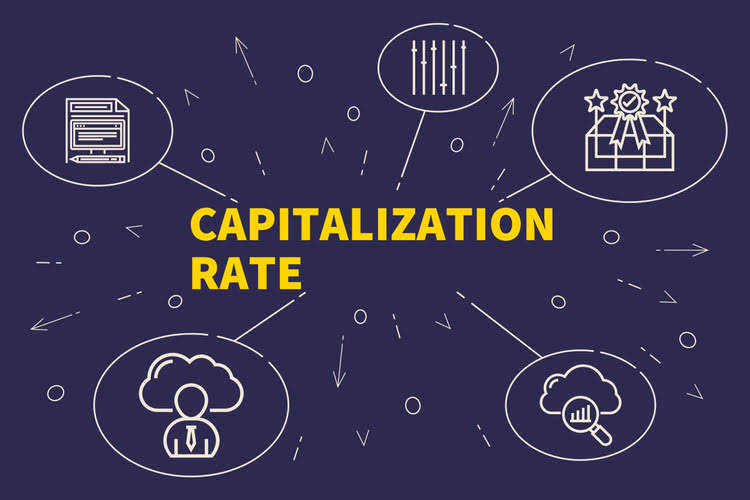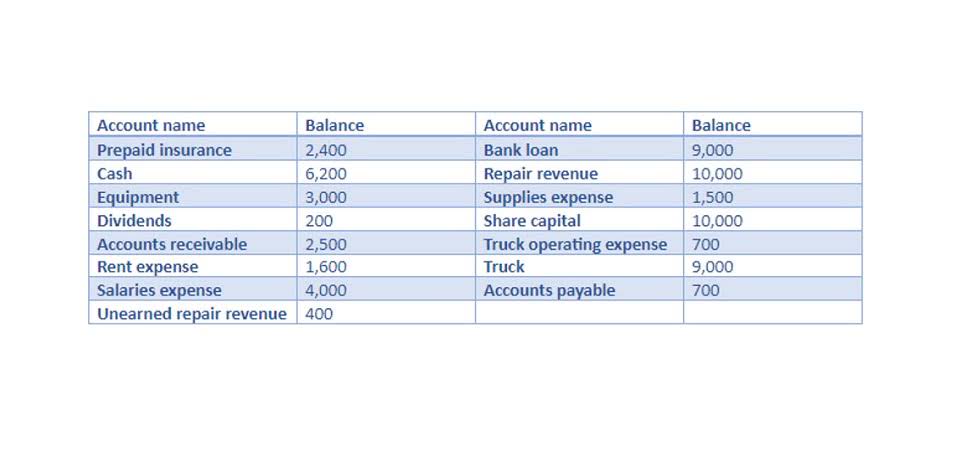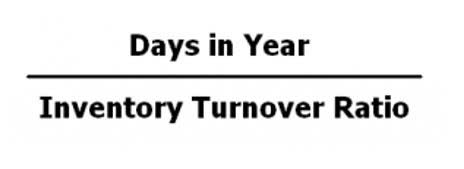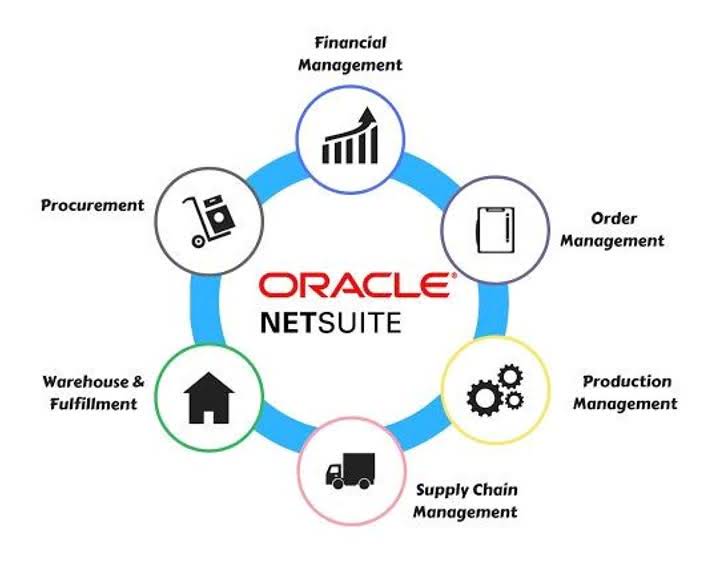
For instance, under the Modified Accelerated Cost Recovery System (MACRS) in the United States, businesses can recover the cost of certain capitalized assets over a specified period, which can result in significant tax savings. By spreading the deduction over several years, companies can match the expense with the revenue generated by the asset, leading to a more accurate reflection of profitability What is bookkeeping and tax liability. The decision to capitalize consulting fees rather than expensing them immediately can have significant tax implications for a business.
Tax Advisory

Shows the ideally suited path to achieve a specific business goal in a very effective manner. Suggests if any modifications are needed in the financial bookkeeping for consultants and accounting system. There are number of taxes in Kenya that every person in business should be conversant with… It’s noteworthy that our training sessions are scheduled to fit into the progarms of your company. This enables the team grasp all theoretical classes and apply them for improved productivity.
- When the company makes payment to the consultant, they will record debiting accounts payable $ 10,000 and credit cash $ 10,000.
- Triple i has worked with hundreds of foreign and local companies and know how to bridge gaps between finance teams.
- The company hires consultants to provide expertise in project management, engineering, and regulatory compliance.
- “Sikich” is the brand name under which Sikich CPA LLC and Sikich LLC provide professional services.
- Ramp can automate the categorization and tracking of these costs, making your expense process seamless.
- The member firms of RSM International collaborate to provide services to global clients, but are separate and distinct legal entities that cannot obligate each other.
Technical accounting consulting
We are one of the trusted and recognized accounting firm in Dubai and across UAE. We cater to diverse business sectors and industries, from hospitality, healthcare, retail to logistics, manufacturing and distribution. Documentation or maintaining data has now become more sophisticated in terms of how data is recorded and stored because of new tactics and technologies in the market. As far as maintaining records becomes important, more facilities are being provided by accounting firms like KBA. For optimum profitability, many middle market companies operate lean accounting and finance departments.
Industry-specific expertise with farsighted vision
- In addition, our team will provide recommendations on key accounting and system requirements, as well as interim outsourced finance support to assist management with the financial reporting process.
- Williams Accounting & Consulting creates better relationships between clients and their finances through the highest level of personalized and confidential accounting services.
- Instead, these costs are amortized or depreciated over the useful life of the asset.
- On the income statement, capitalizing consulting fees results in lower operating expenses in the period the fees are incurred.
- We offer one single point of contact to manage your global accounting challenges.
RSM’s accounting and finance optimization team helps your organization prepare for an audit and ensure you are ready for any diligence or liquidity event at any time. RSM helps create business processes to align financial reporting with operational needs and strategic decision-making. In addition, our team will provide recommendations on key accounting and system requirements, as well as interim outsourced finance support to assist management with the financial reporting process. However, it is important to consider the potential downsides of capitalizing consulting fees from a tax perspective. The deferral of immediate tax deductions can result in higher taxable income in the year the costs are incurred, which may lead to increased tax payments. This can impact cash flow, particularly for businesses that are highly sensitive to tax liabilities.

Consulting fee is the expense that company spends on consultant services related to expert services such as accounting, finance, marketing, and others. Consultants provide service which analyzes the data and provides expert opinions related to specific skills. After the consulting, they will provide the best recommendation for the problem that the company is facing. Any business owner knows that accounting plays a vital role in running a prosperous business. An excellent accountant helps track income and expenditures, ensures a business is financially compliant, and provides financial information which can be used in making business decisions.

We’re here to help your business
A financial audit is an objective evaluation of a company’s financial statements. Companies are sometimes required to get an audit of their financial statements in order to satisfy financial, legal or regulatory requirements. One of the primary functions of a traditional accounting firm is the performance of audit and other attestation services. While audits serve an important function, Accounting for Technology Companies they are not required for most small and mid-sized businesses and are therefore not top of mind for most entrepreneurs. Although some might see accounting as a painful, yet unavoidable experience, it doesn’t have to be.
What Clients Say?
Conversely, costs incurred during the development or construction phase, where the consulting work directly impacts the asset’s completion, are more likely to be capitalized. This distinction ensures that only costs that genuinely enhance the asset’s value are deferred and amortized over its useful life. Financial stability, as it relates to audits, accounting activities and tax strategy and planning, is essential for your organization’s success.
Under FASB’s Accounting Standards Codification (ASC) 350, intangible assets, including certain consulting fees, can be capitalized if they meet specific criteria. The costs must be directly attributable to the creation or enhancement of an identifiable asset with a probable future economic benefit. This means that the consulting services must result in a tangible improvement or development that will contribute to the company’s revenue generation over time.










